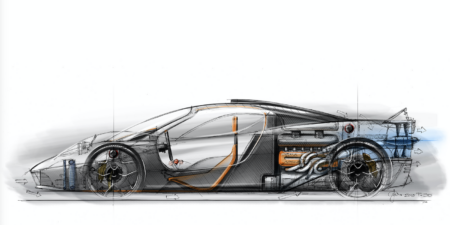Chrysler is using 3D printing to help further the development of axles for its range of vehicles.
Conventional methods of evaluating oil flow inside axles and pinion carriers involve cutting windows into the components and then observing the fluid’s movement using a dynamometer. But with movement, oil often turns milky and blocks the view afforded by two-dimensional windows.
To combat this, the OEM has printed transparent plastic components (above) exclusively for testing purposes. By using this new technology, a much clearer correlation to virtual analysis of fluid flow is now possible.
“Efficient axles are critical to our powertrain strategy,” explained Jeffrey Lux, vice president – Transmission Powertrain. “For the customer, they offer an economical way to improve total powertrain efficiency. Accordingly, we’ve introduced six new axle families since the foundation for FCA US was established in 2009.”




